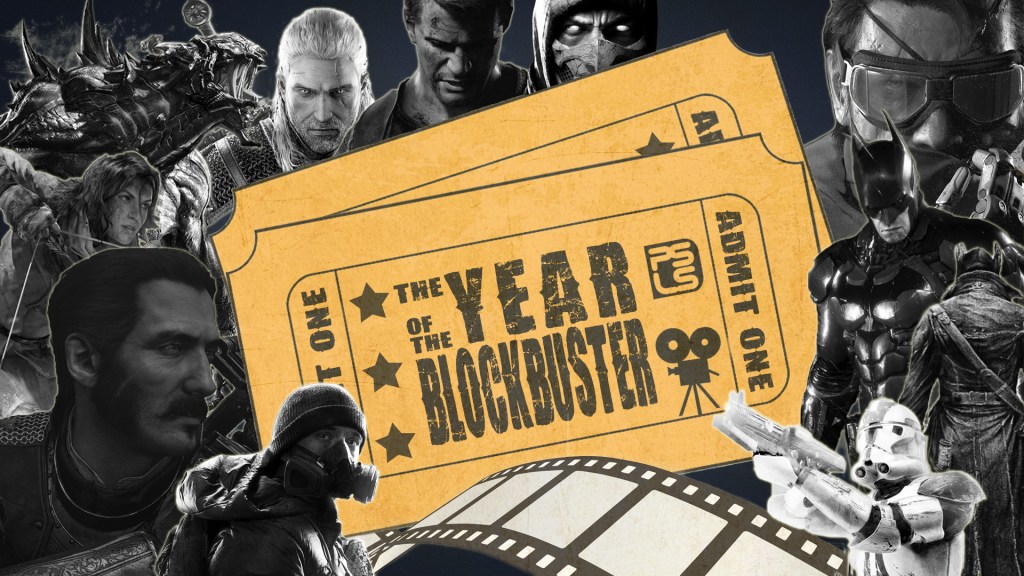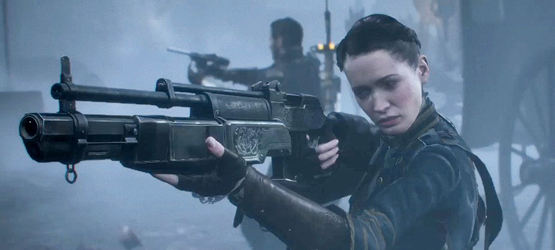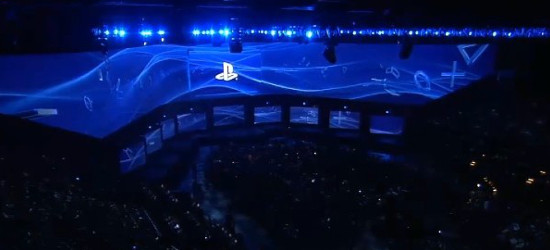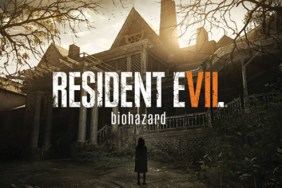Throughout the course of 2014, many traits came to the fore in the video game industry. But perhaps the most palpable trend of the bunch was the sheer amount of software that was hit with a delay, pushing them off the calendar year and into the simmering maelstrom better known as 2015.
Alas, postponing a property for one reason or another has always been an integral part of the entertainment business, and one that continues to grow in prominence as internal pressure and expectations balloon. And in hindsight, the fall of last year was quickly becoming a confined bottleneck for new game releases, providing publishers with the impetus to distribute their properties more evenly throughout the year, as opposed to scrapping for festive supremacy.
February is the New October
As a result, the next 11-12 months have amassed a considerable amount of eye-catching software, and here at PlayStation LifeStyle, we’ve already recounted our top 23 PS4 games of 2015. Now, it’s time to switch gears and consider the year as a whole, and whether we believe it will deliver on what has been promised.
So, with the new hardware now on the market for over a year at this point — Nintendo’s Wii U notwithstanding — will 2015 be the year when the eighth generation of consoles kicks off in earnest?
It’s an enticing proposition, and as things stand, 2015 could well echo some of the best years that our nascent industry has ever experienced. 1998, 2001, and 2007 have all gone down as producing some of the most memorable software created, laying the foundations to seminal franchises as venerable and beloved today as they were then.
In fact, for the latter year, there was an oft-used analogy that stated “2007 was to gaming what 1957 was to jazz.” A bold claim, sure, but when Mass Effect, Uncharted, Super Mario Galaxy, Assassin’s Creed, BioShock, The Witcher, Portal and Call of Duty: Modern Warfare — still arguably the best entry in the series — all released within the space of 12 months, it was almost inevitable that the community would stand up and take notice.
History is important. Granted, technology has proliferated in years past, even since 2007, but these case studies help bring to attention the average length of time it takes for developers to master the technical innards of new hardware and begin firing on all cylinders.
Can 2015 Channel the Magic of 2007?
Like a creative spark seething its way toward a pile of fading embers, quite often it takes studios, one to two years after the launch of a console before they produce software worthy of the system it is built for, an opportune time that brings out the best in both parties. The honeymoon period, if you will.
And much like all new relationships, this innate technical partnership is not without its problems.
In hindsight, 2014 proved to be a fascinating year for the video game industry, one riddled with remastered ports, genuine surprises (read: South Park: The Stick of Truth) and as we alluded to earlier, extensive delays. If anything, last year offered up evidence of publishers and studios struggling at the helm, particularly as the Xbox One and PlayStation 4 neared their one-year anniversaries.
Day-one issues, game-crashing bugs and, ultimately, frustrated fan bases. All of these factors are symptomatic of companies adhering to a publishing cycle similar to generations past, without taking into consideration the scale and intricate detail within some of these blockbuster titles as the triple-A space grows in tandem with bleeding-edge tech.
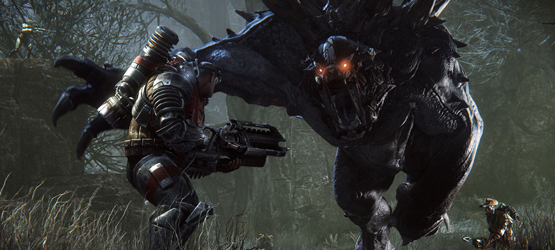
Couple this with the near-overwhelming amount of delays and you have a year to forget and, crucially, one that will no doubt leave a bad taste in the mouths of players.
As the saying goes, love isn’t all sunshine and rainbows.
But the array of launch problems that lingered over some of last year’s heavy-hitters — DriveClub, Halo: The Master Chief Collection to name but a few — means there is now an air of trepidation or, at the very least, heightened caution as the industry gears up for another blockbuster season.
True, like all years, it is the fall of 2015 that will define whether the next 12 months can join the likes of 1998 and 2007 in gaming’s pantheon, but this year is also an anomaly in the sense that those aforementioned postponements have skewed the traditional release window.
Originally slated for 2014, Evolve and The Order: 1886, not to mention From Software’s gothic, Lovecraftian Bloodborne, will roll out the red carpet ahead of schedule in the next couple of months, ushering in hotly-anticipated triple-A titles into a console space in dire need of them.
Brace Yourself, Wallet
These games are an early indication of the industry’s proverbial production line aching back into motion, with the likes of The Witcher III: Wild Hunt and Batman: Arkham Knight garnering more and more traction as they inch ever closer to release. Interestingly, at the time of writing, it is Rocksteady’s threequel that represents a cutoff point of-sorts, as it is the property with the last known release date of June 2.
On the other hand, a significant portion of video games have been tethered with the 2015 window. Whether this is indicative of the growing tendency to postpone, rather than hash the launch of new software is a question we’ll leave to you, but for the sake of discussion, let’s assume that the following releases will debut later this year with nary a bug or issue in sight.
From The Legend of Zelda‘s long-awaited debut on Wii U to DICE’s bold venture to a galaxy far, far away with Star Wars Battlefront, The Division to Avalanche Studios’ Just Cause 3 and every pixel in between, there is a considerable amount of software looming large on 2015’s jam-packed, shut-up-and-take-my-money release schedule.
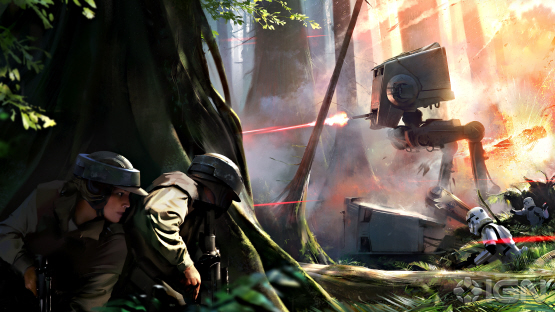
However, if we were to circle back and remind ourselves of the ingredients for a memorable year in the video game industry, we would soon discover a recipe that consists of a dash of sequels, a smidgen of exclusives along with a dollop of new intellectual properties.
On paper, 2015 yields all of these key elements, and though that doesn’t necessarily guarantee success off the bat, it does allay any pre-existing fears that the video game industry is careering toward a world that only consists of sequels, prequels and nine kinds of spinoffs.
Hype is a Dangerous Beast
Ultimately, 2015 has every chance of earning its title as the year of the blockbuster. Sure, questions still remain as to whether some of these heavy-hitters will stumble out of the gates on day one, doomed to repeat the blunders that we’ve seen so often last year. Or, conversely, whether they will be hamstrung by sky-high expectations and hype, blurring in the community’s peripheral vision for one reason or another.
Whatever the outcome, in theory, it’s an exhaustive line-up that will no doubt make a considerable dent in your spare time (not to mention your wallet), and this is without considering the inevitable new installments into Call of Duty and Assassin’s Creed.
It is an exciting time to have a controller in hand, and that enthusiasm reciprocates around the industry. Think back to E3 2013, can you imagine how different Sony’s conference would have been if Microsoft wasn’t also unveiling new details for its then-unreleased console, or vice versa?
The atmosphere was electric, and though last year’s showings were relatively quiet by comparison, there is still an array of Sony-owned studios that are working on unknown quantities. The God of Wars, the Gran Turismos, the Jak and Daxters: some of the company’s most renown and successful franchises are still waiting in the wings. Will E3 2015 mark their grand debut?
Healthy Competition Benefits One and All
Heck, if we’re going to lapse into wishful thinking, we may as well throw a release date for The Last Guardian into the mix. That’ll be the day, friends.
Much has been said about the triple-A space and how it will continue to recede into the horizon as smaller studios race to the bottom, releasing free-to-play and other such titles that value modesty, watertight experiences over colossal production values.
Despite the naysayers, there is evidently still a place in the industry for the blockbuster in all of its unbridled, bombastic glory, but 2015 could prove to be a decisive time, one where the sub-genre has to dispel any overriding aspersions about quality and value for money in light of last year’s non-starters.
The very second each of those titles we’ve alluded to becomes available to the budding consumer, the relationship between publisher and user changes dramatically. After spinning a marketing campaign and establishing the parameters of expectation prior to release, come launch day, the onus is on the developer to deliver on those promises and irrefutably prove that their game is worth the $60 price tag.
It is then, and only then, when we will know if 2015 can be the year when the eighth generation of consoles begins to deliver on its once fever-pitch pre-launch billing.
Essential Reading:
- Top 23 PS4 Games to Look Forward to in 2015
- 11 Reasons Why It’s Time You Owned a PS4
- Sony: Buy Sega, Get These 12 Dynamite Games on PS4 & Vita!
BlockbusterFeature
-
Next Level Fantasy
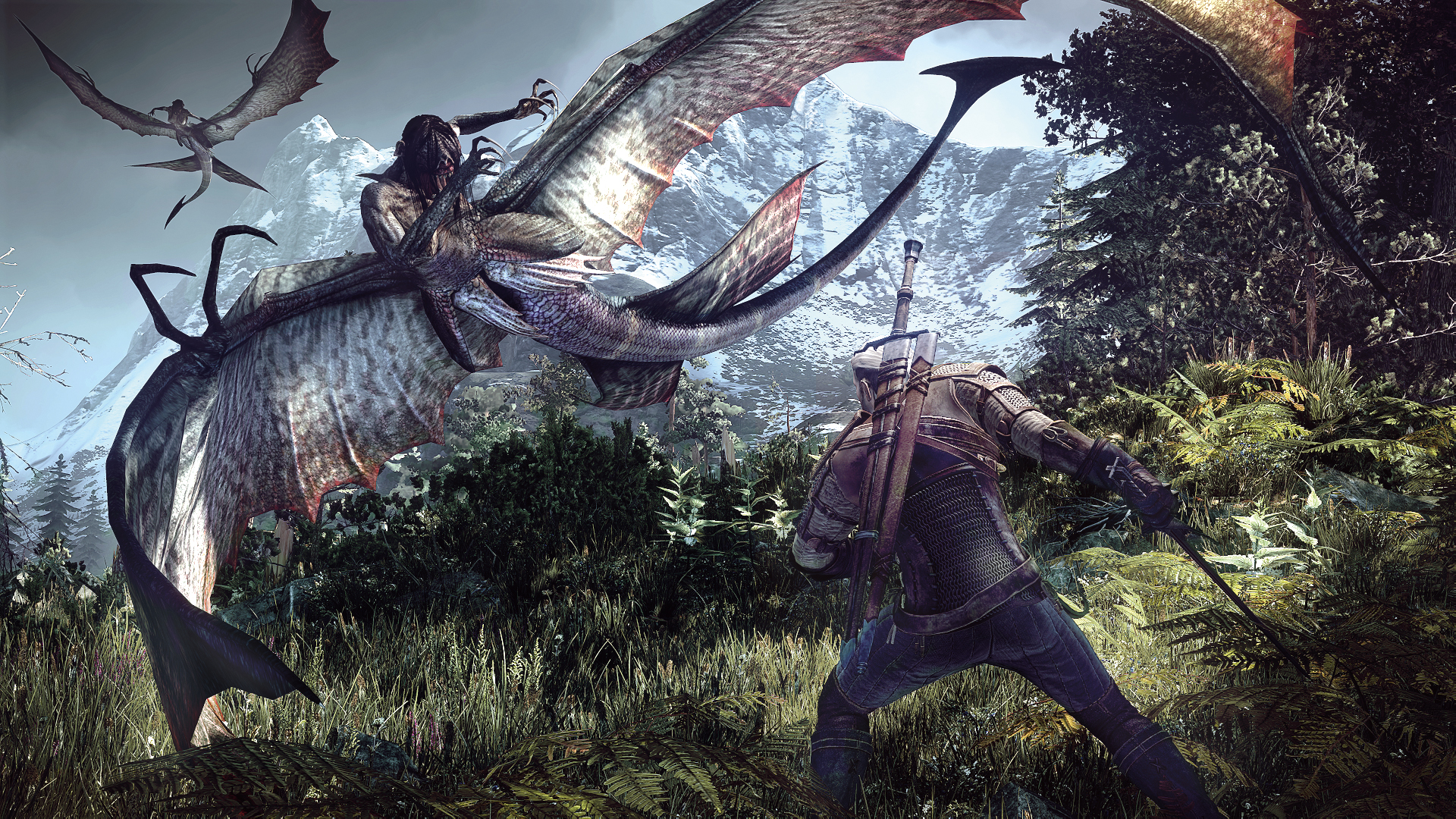
Having persevered through a string of delays, CD Projekt Red's The Witcher III: Wild Hunt is finally on course for a May release. With a vast fantasy realm to explore, the Polish dev will be hoping to conclude Geralt of Rivia's saga in style.
-
Gotham City Has Never Looked Prettier
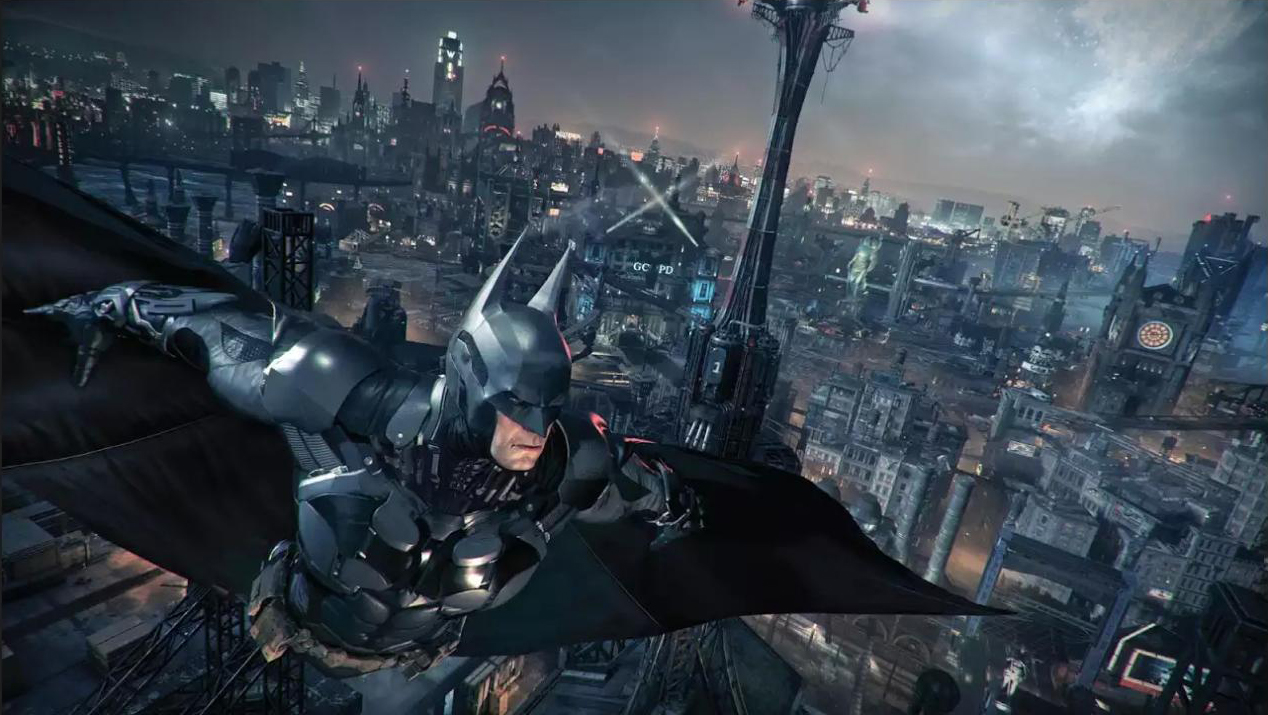
By introducing Bruce Wayne's trusty Batmobile for the third instalment, Batman: Arkham Knight is looking to turn Gotham City into a pixelated playground. But is the threequel the final chapter in Rocksteady's DC series?
-
A Lovecraftian Nightmare
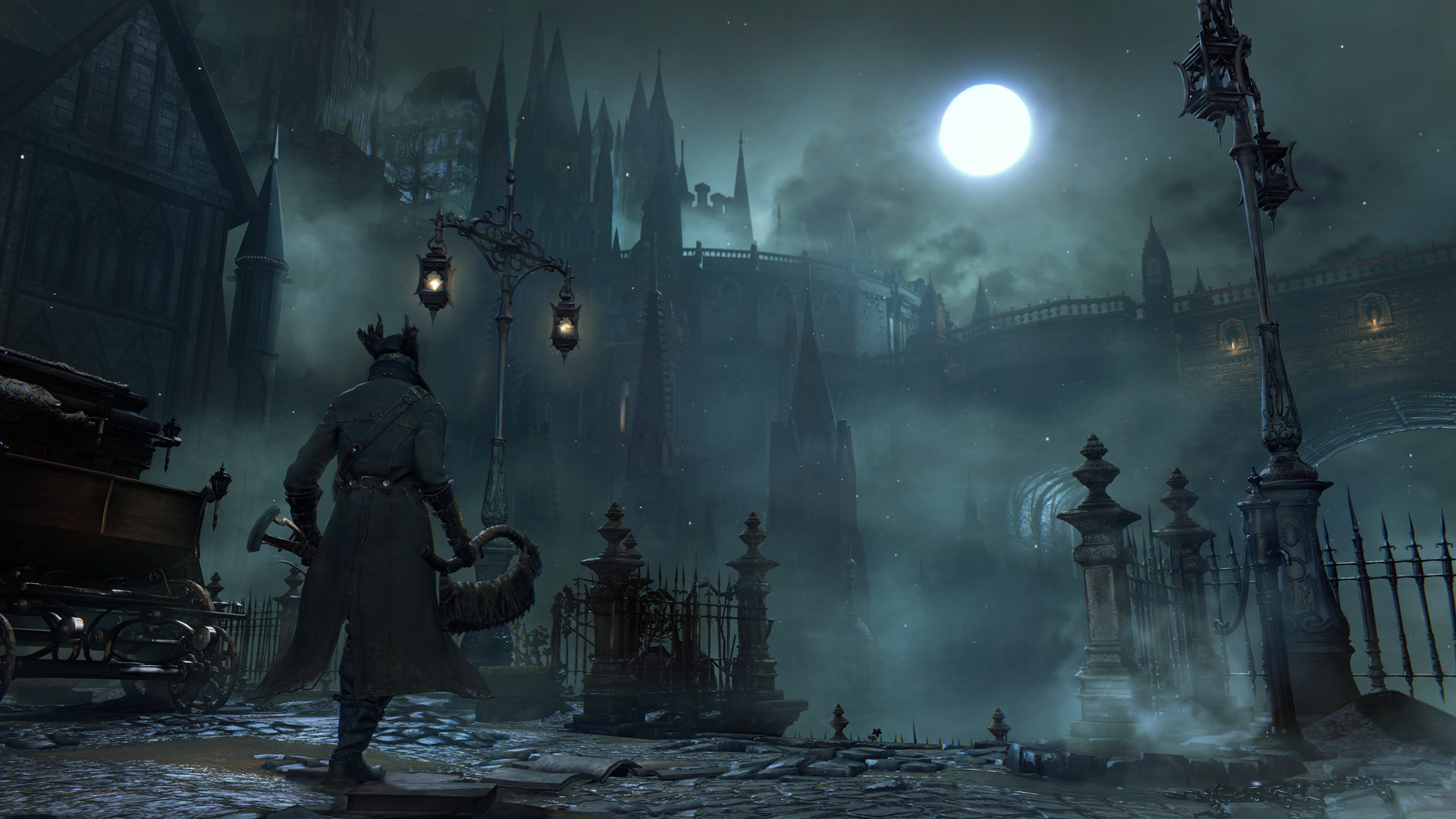
Thanks to the Souls series, developer Hidetaka Miyazaki and excruciatingly difficult experiences have become synonymous. So there is a palpable feeling of excitement ahead of From Software's Victorian-themed Bloodborne across newcomers and the existing fanbase alike.
-
Order to the Chaos
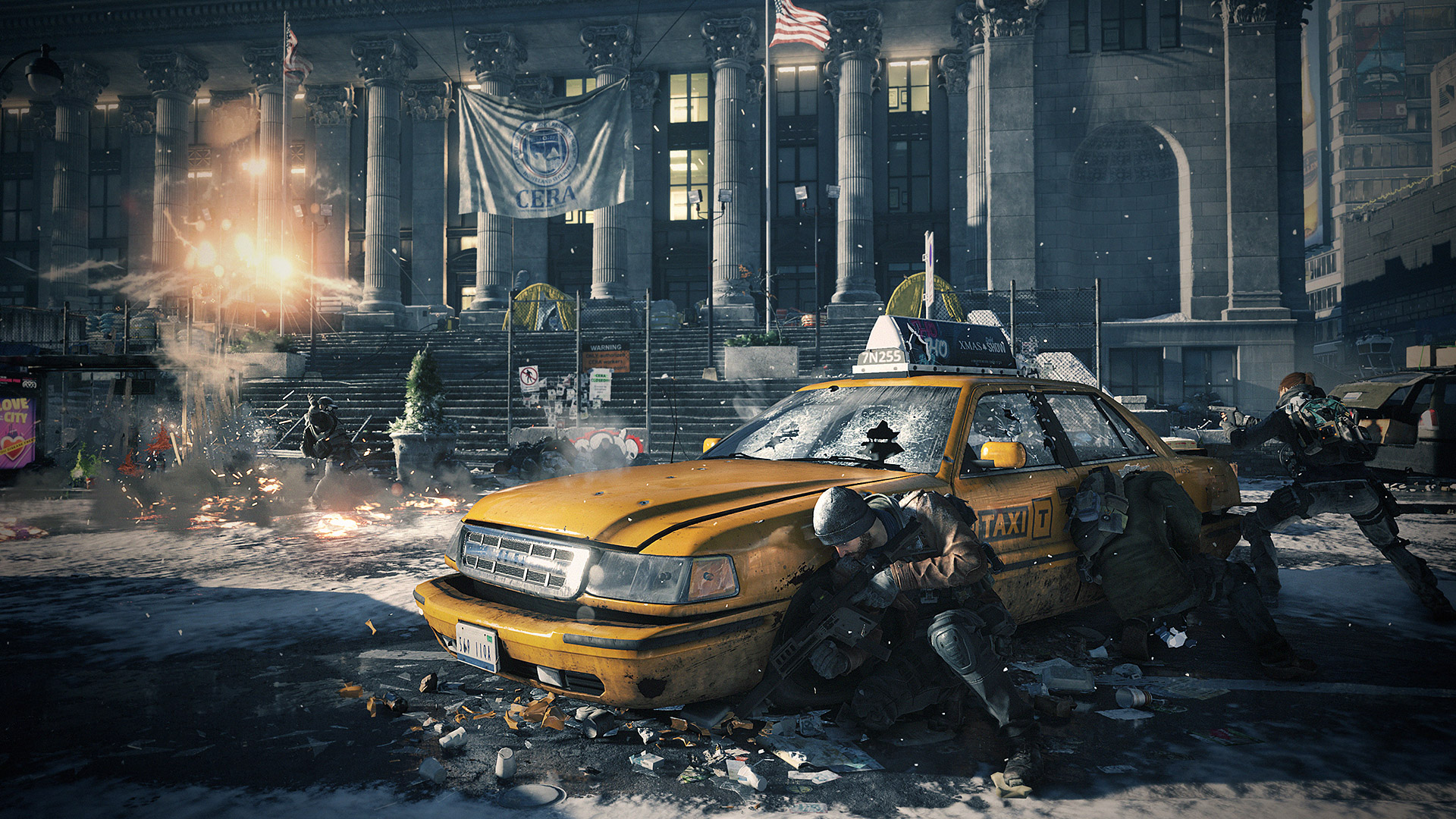
Ubisoft may be licking its wounds after a rather tumultuous 2014, but the French publisher will no doubt be pushing its MMO-styled shooter The Division into the limelight throughout the course of the year. But whether the game arrives in 2015 is another question entirely.
-
The Mediterranean is Your Playground

Ah, Just Cause. Few franchises contain such a riotous sense of fun as Avalanche's open-world shooter. So with even more methods to the madness in the third installment, we're eagerly awaiting Rico Rodriguez next ludicrous outing in Just Cause 3.
-
The Force Awakens
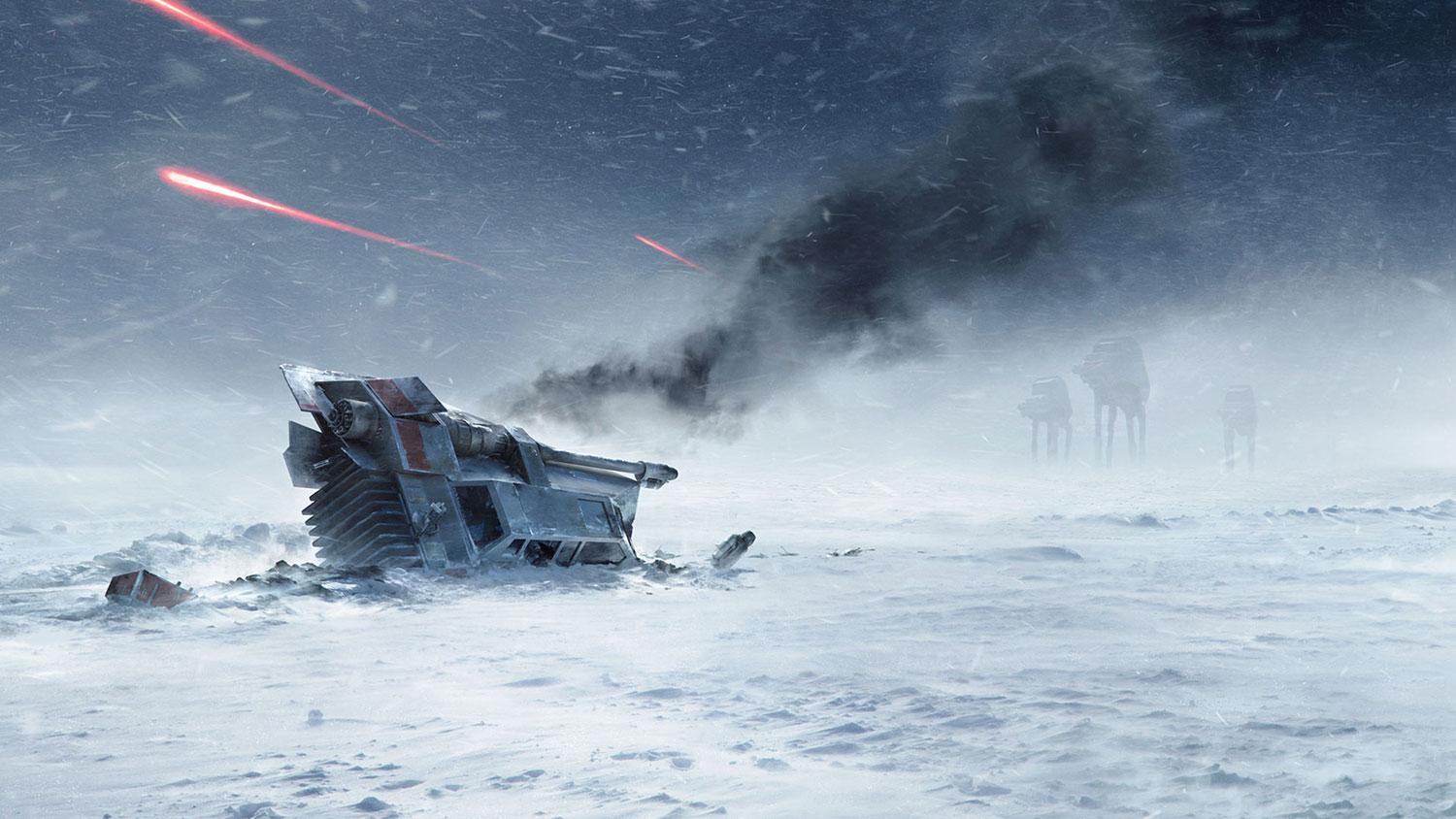
2015 is shaping up to be a defining year for the Star Wars IP, what with DICE's third-person shooter arriving in and around the same window as J.J. Abrams' blockbuster. But will the game succumb to overwhelming expectations? Time will tell.
